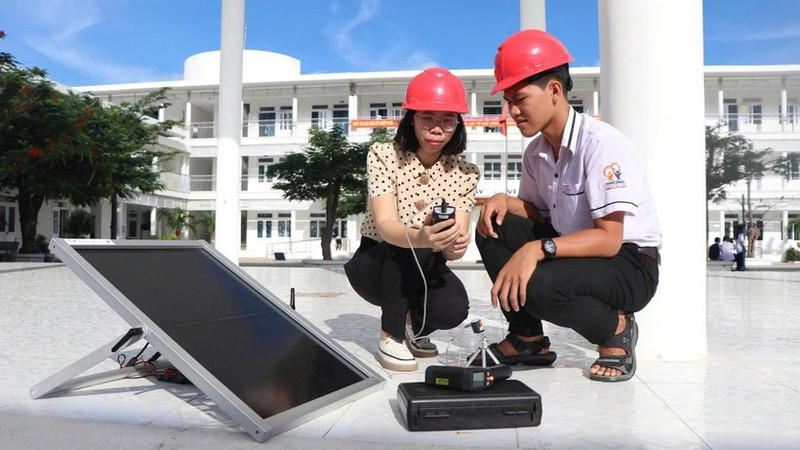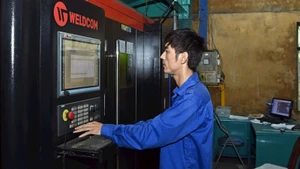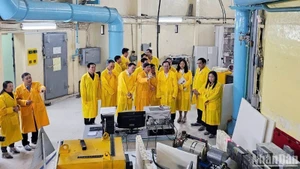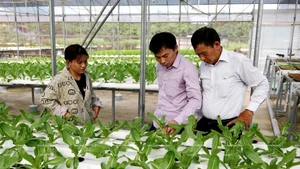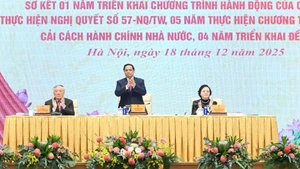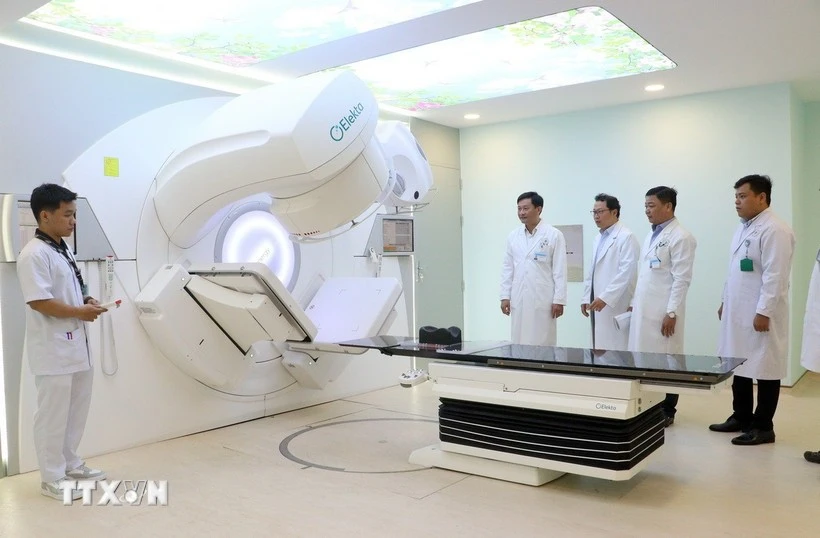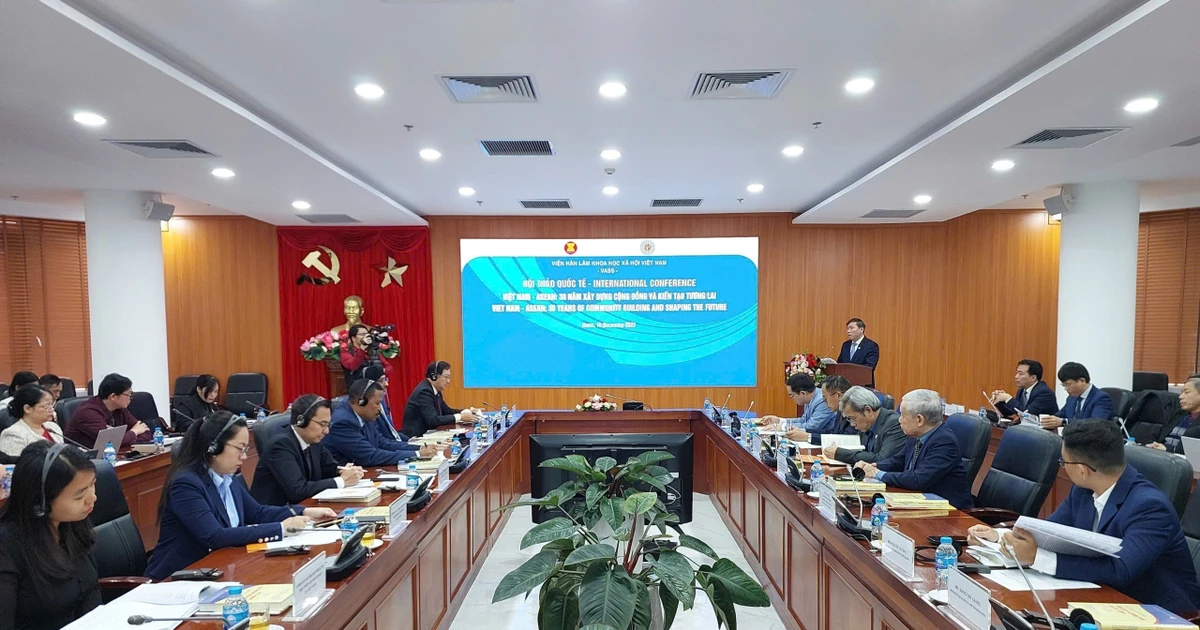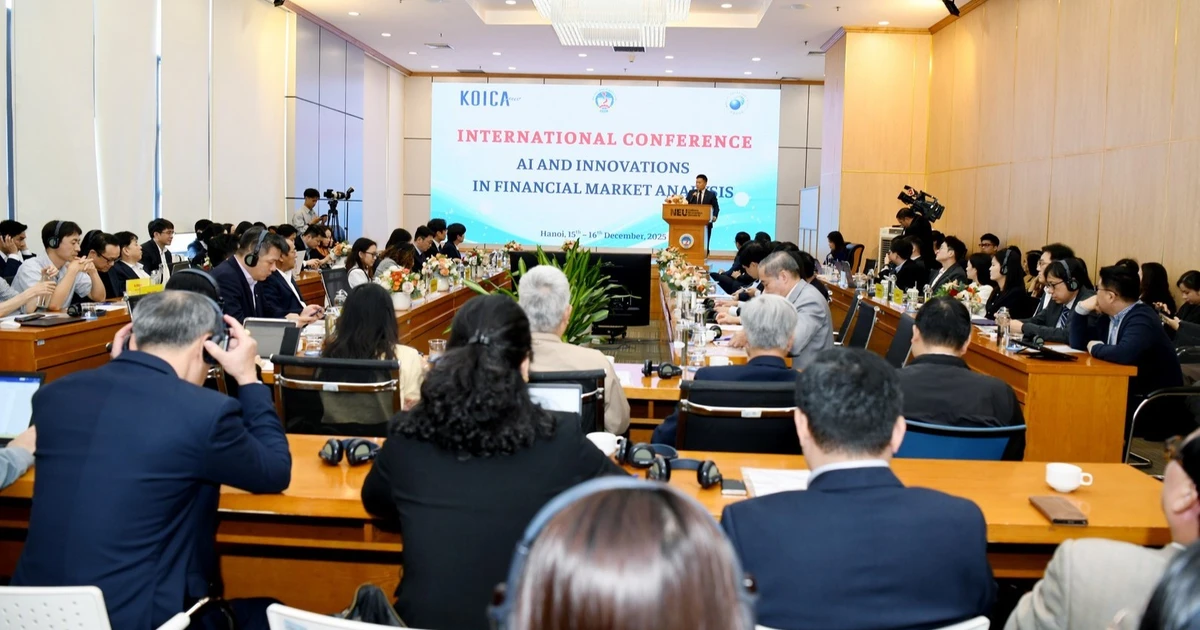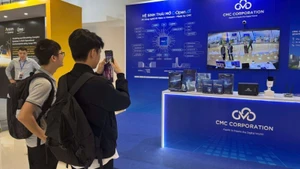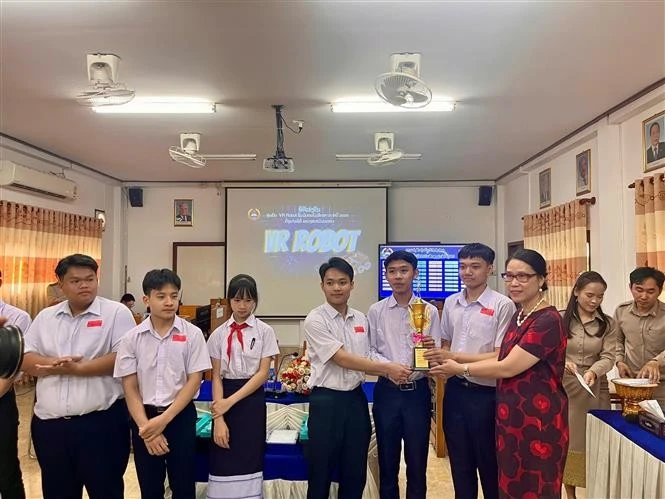In that context, proactive models of human resource training, technology localisation and innovation promotion are opening up new, more solid directions.
Stepping stone: energy transition
In the next 10 years, Viet Nam can create from 1.6 to 1.9 million new jobs related to the renewable energy industry. In the period up to 2030 alone, there will be about 315,000 more job opportunities each year thanks to the transition from fossil energy to clean energy. This is an impressive figure, but it also puts great pressure on preparing a workforce with professional skills suitable for new needs.
According to Vice Chairman of the National Assembly’s Committee on Science, Technology and Environment Ta Dinh Thi, the issue of green job transition and finding job opportunities related to renewable energy requires a complete strategy and plan for training and transitioning high-quality human resources; ensuring the application and promotion of advanced achievements in science, technology, and new labor skills.
One of the typical models is the cooperation between the German Development Agency (GIZ) and the University of Ninh Thuan Vocational College for training human resources in the field of energy transition. Since 2010, GIZ has supported training in fundamental fields such as electricity, electronics and mechanics. Starting in 2021, a public-private partnership model has been implemented, with the participation of domestic and foreign private enterprises, with the support of the German government.
“Students study and practice directly at renewable energy enterprises. Upon graduation, students will have a certificate equivalent to a German vocational degree, and can work domestically and internationally, meeting the requirements of approaching international experts,” said Nguyen Phan Anh Quoc, Principal of Ninh Thuan Vocational College.
According to Dang Thanh Nhan, Investment and Development Department, Thuan Binh Wind Power Joint Stock Company, the employment rate of graduates from the cooperative training model is currently over 85%, which is clear evidence of the effectiveness of the training strategy linked to practice. This is a valuable lesson to replicate for other vocational training institutions across the country.
The key to reducing costs and increasing competitiveness
In fact, many scientific and technological solutions have been and are being effectively implemented in Viet Nam, contributing to optimising energy use and reducing emissions in production and consumption. Some typical technologies include: using rooftop solar power in production, optimising the operation of boilers and air compressors at factories large, or deploying energy-saving LED lighting systems in industrial parks, high-rise office buildings, etc.
These models not only help businesses save costs but also contribute to creating a technical foundation for green and sustainable energy conversion, in line with the spirit of Resolution No.57-NQ/TW.
Viet Nam needs to develop national key technology development programs in the field of renewable energy, and at the same time establish a mechanism to support research and application of new technologies, attracting organisations and businesses to participate in the green innovation ecosystem.
Nguyen Si Dang, Deputy Director of the Department of Technology Assessment and Appraisal
Former Deputy Minister of Science and Technology Tran Van Tung said that in the science development strategies from now until 2030, priority areas for training include training human resources for construction and operation of wind power projects, manufacturing energy storage batteries, operating smart grids, etc.
In addition to the human resource problem, mastering technology is also a decisive factor. Many domestic enterprises are gradually participating more deeply in the renewable energy supply chain, increasing the localisation rate and promoting research and innovation.
A typical example is the photovoltaic panel cleaning robot product researched and produced by a Vietnamese enterprise. After three years of improvement Developed and operated on a scale of 300MWp, this device has been deployed in many factories, buildings, and commercial centers, contributing to reducing costs, saving water and energy, and helping investors proactively maintain without having to rely on imported technology.
Deputy General Director of Vu Phong Energy Group Pham Dang An emphasised, “A 5 or 10-year vision is not enough, renewable energy businesses need the ability to predict and adapt quickly in each small stage. We cannot stay behind forever if we want to compete”. The cost of investing in renewable energy in Viet Nam is still higher than many other countries due to the lack of mastery of core technology, dependence on imported equipment, lack of human resources and policies to support increasing localisation content are not attractive enough.
Vu Chi Mai, Director of the Clean, Affordable and Energy Security Project for Southeast Asian Countries (CASE Project in Viet Nam) said: There needs to be a long-term strategy in R&D, developing localisation, encouraging and facilitating the participation of both state-owned and private enterprises in the supply chain, linking three parties: research, testing and market. At the same time, long-term policies, tax incentives, financial support and importantly, establishing a national policy on technology transfer in the energy sector must go one step ahead so that businesses can feel secure in long-term investment.
According to experts, Viet Nam needs to invest heavily in research and development (R&D), while promoting cooperation to transfer technology. Because a fair energy transition requires green technology, advanced new technologies related to fields such as offshore wind power; photovoltaic panels; batteries; carbon capture, use and storage.
From the perspective of state management, Nguyen Si Dang, Deputy Director of the Department of Technology Assessment and Appraisal, the Ministry of Science and Technology emphasised: “Viet Nam needs to develop national key technology development programs in the field of renewable energy, and at the same time establish a mechanism to support research and application of new technologies, attracting organisations and businesses to participate in the green innovation ecosystem”.
Barriers in human resources, technology, and costs can become driving forces if properly recognised and effectively removed. When businesses are capable, Viet Nam can become a bright spot in renewable energy in the Southeast Asian region.
